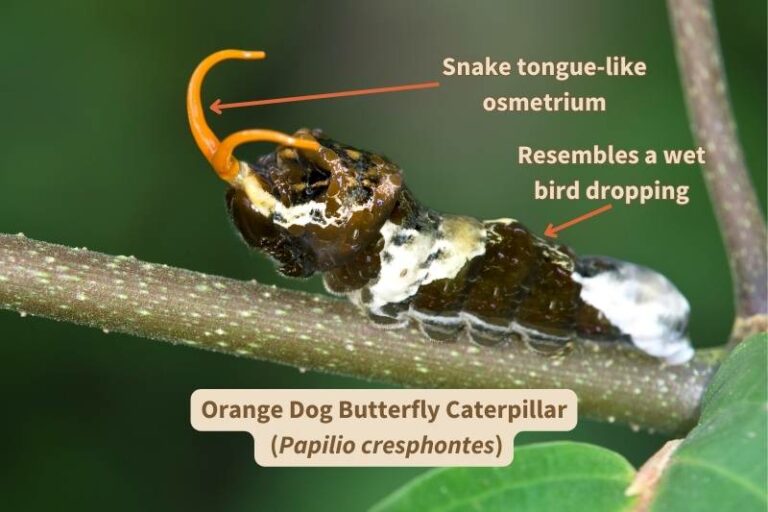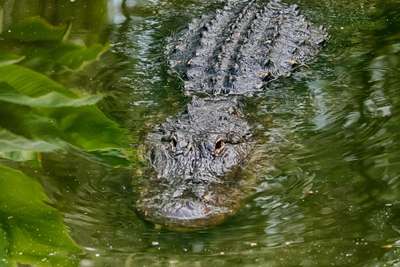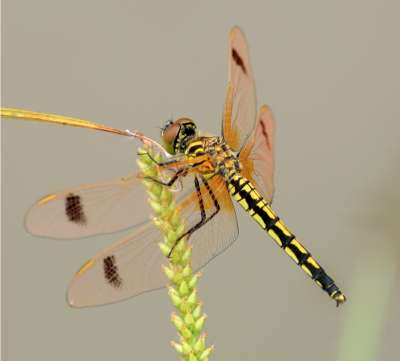Snakes are masters of surviving in the natural world using nothing but their bodies, their jaws, and their brains. They are found in nearly all terrestrial habitats and hunt, mate, reproduce, and evade predators all without the benefit of limbs. In many ways, they surprise us by accomplishing so much and it’s natural to wonder just how far their natural abilities go. For example, can snakes climb trees?
All snakes can climb trees, with the exception of the fully marine sea snakes and kraits; some species are more skilled climbers than others. Snakes use friction and gripping actions of their body coils and scales to ascend vertical surfaces without the benefit of limbs, hands, or claws.
The terrestrial and semi-aquatic freshwater snakes of the world can all climb trees with varying degrees of skill. Read on for more information about how snakes manage to climb trees so well.
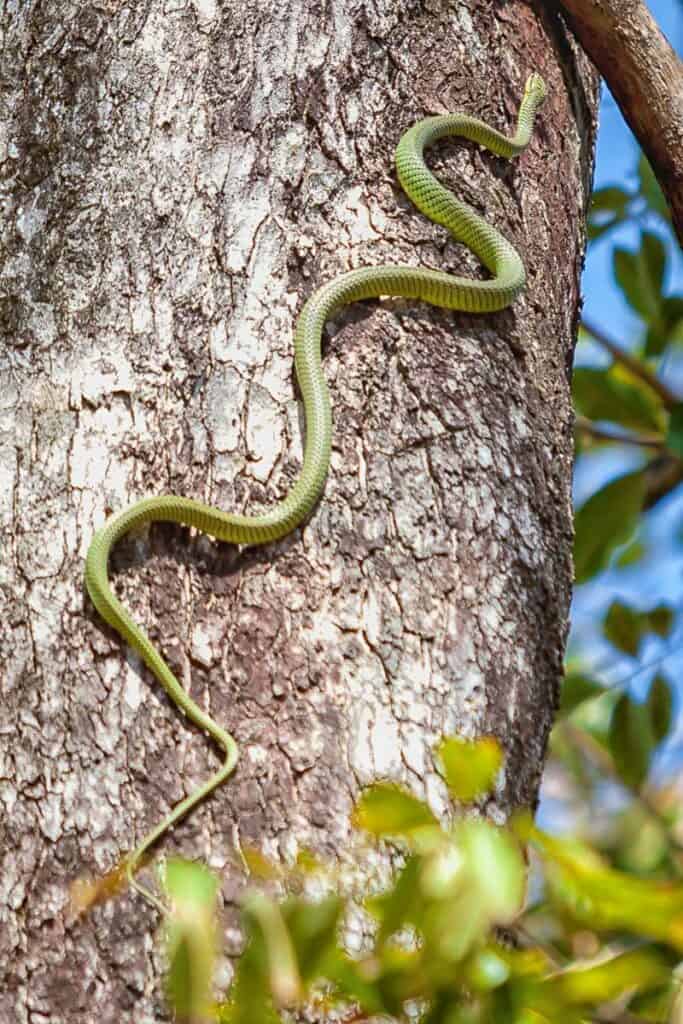
How do snakes climb trees?
Climbing snakes must simultaneously maintain enough contact with the tree or vertical surface to avoid falling and release at least some contact with the surface to propel themselves upward. At times, snakes must stretch themselves across gaps between branches without collapsing. They must balance these competing actions or gravity will yank them off.
And snakes must overcome another, even more basic hurdle – staying conscious while they climb.
Without limbs, hands, or claws to provide grip, snakes have only their long, flexible bodies to work with. So how do they do it?
Skin and scales
Snake skin is tough but pliable and very flexible and covered in individual horny plates called scales. Snakes can control the movement and position of portions of the skin and individual scales on their bellies (called the “ventral” surface) very finely, which is key to their ability to climb.
A climbing snake hooks the edges of individual ventral scales into surface irregularities of the tree bark and then tightens its muscles around the points of best contact, sometimes called “friction points”. Each scale pushes against a different point on the tree bark. Gravity helps stabilize the snake by pulling it down towards the ground, and the combination provides many points of leverage.
Coils and tails
Some climbing snakes coil themselves all the way around the diameter of the tree and squeeze to maintain their grip also. Many of the snakes that use this technique have prehensile tails, which means that their tails are adapted for grasping.
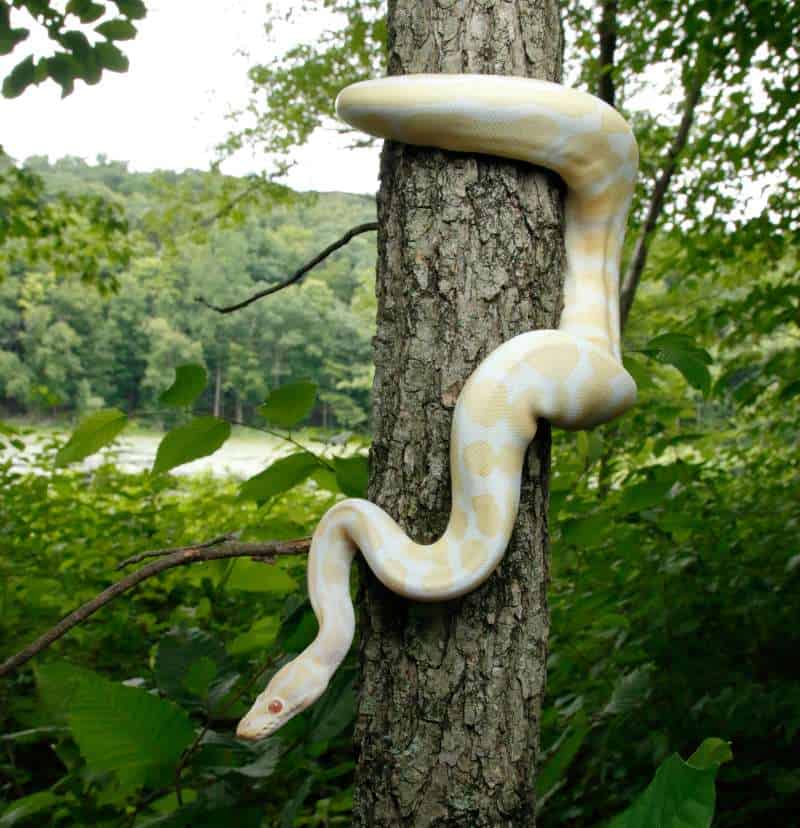
Movement patterns
Snakes climb trees using the same body movements that propel them across ground and through water. These can include lateral undulation, concertina, and rectilinear motion. These motions all depend on complex muscle movement and the natural flexibility of snakes’ skeletons to alternately anchor and move segments of their bodies upwards when climbing.
For detailed information about these movement patterns, check out this other Now I Wonder post “How do snakes move around?”
Bridging and cantilevering
Snakes are flexible; they have to be in order to move. A snake on the ground is extremely stable since its entire body is supported and falling is not possible. However, when bridging a gap such as between tree branches, a snake’s body becomes a lever when unsupported; its anchoring tail or body coils acting as a fulcrum. Gravity increases torque as the snakes extends itself further across the gap. A snake must resist this increased force or its body will collapse and either dangle by its tail or fall to the ground.
Climbing snakes cantilever their bodies over gaps successfully thanks to their special backbones and muscular anatomy.
Individual vertebra within a snake’s backbone are connected by strong ligaments that allow only a certain amount of movement across each vertebral pair and “by a strong ball-and-socket joint between each one, with two pairs of additional contact points that limit twisting” (Greene 1997). These connections are called “zygapophyses” and in arboreal snakes (snakes adapted to living in trees), they help “lock the otherwise flexible vertebral column into a rigid beam” (Lillywhite 2014).
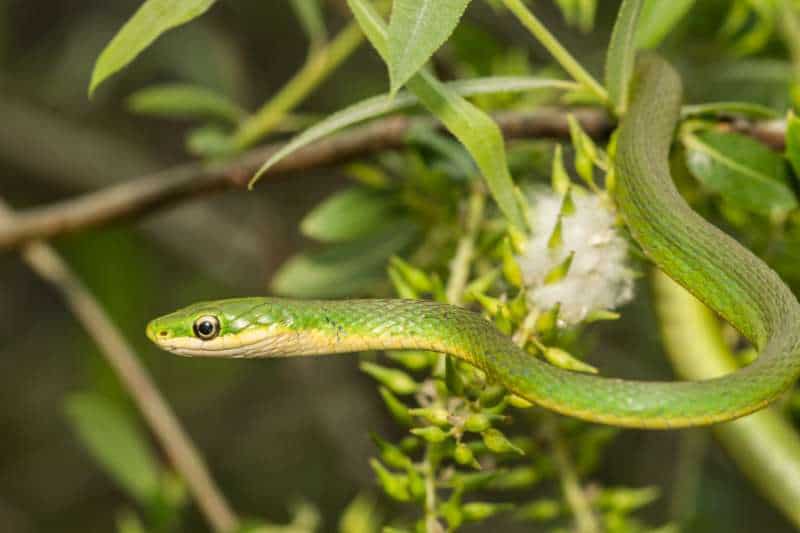
In addition to the zygapophyses, snakes have intricate webs of strong muscles that interconnect and stiffen their bodies when contracted. Arboreal snakes also have flat ventral surfaces that allow more surface contact, as well as tough connective tissue that resists vertical bending. Many are also long and thin so a smaller proportion of their total body length loses support as they stretch across a gap. These factors help the snakes resist torque and successfully cross gaps while climbing.
That said, the angle at which the snake extends makes a difference; the distance a snake can cross unsupported increases with vertical angle. They can cross larger gaps when moving towards a higher or lower perch than one that is the same distance away but at a flatter angle (Lillywhite 2014). The torque gravity exerts on the snake’s body decreases as the angle increases from 0 degrees to 90 degrees because the snake becomes shorter relative to pull of gravity, making it easier for the snake to cantilever.
Cardiopulmonary adaptations
Finally, climbing snakes must keep themselves from passing out when vertical.
Pascal’s Third Law states that the pressure in a column of fluid always increases with depth, independent of any other force. This pressure is known as gravitational or hydrostatic pressure and is impacted by the height of the fluid column (Lillywhite 2014).
Snakes are nearly immune to Pascal’s Law when slithering over the ground or swimming. But snakes are basically fluid-filled columns, so they must reckon with hydrostatic pressure changes the moment they go vertical to climb.
All animals will lose consciousness if blood flow to the brain is interrupted or insufficient to meet its demand for oxygen.
When horizontal, a snake’s heart has no problem managing the oxygen and circulation needs of its brain and body; its blood pressure is fairly uniform throughout the length of its body. But Pascal’s Law causes blood pressure to vary on a continuum from highest at the head end and lowest at the tail end.
These pressure changes prime climbing snakes for losing consciousness in two ways.
First, higher blood pressure above the heart makes it harder for the snake’s heart to push oxygenated blood to the brain. If insufficient blood reaches the brain, the blood vessels will collapse due to the force of atmospheric pressure (Lillywhite 2014) and the snake will pass out.
Second, hydrostatic pressure bearing down on the tail end causes plasma to leak out of snake’s capillaries. Capillaries are tiny blood vessels through which oxygen, fluid, and nutrients flow into the fluid between cells. Plasma leakage causes tissue swelling (referred to as “edema”) and decreases blood volume within the vessels. This in turn decreases the amount of blood that returns to the heart through the veins and thus the overall amount of oxygenated blood available to be pumped to the brain and muscles (Lillywhite 2014).
Climbing snakes compensate for these hydrostatic pressure effects in several ways.
First, shorter snakes are less affected by hydrostatic pressure than longer individuals because pressure differences in a fluid column increase with length; snakes less than 1 meter (1.09yds) long experience milder pressure differences (Lillywhite 2014).
Second, many climbing snakes have the ability to regulate blood pressure through muscle contractions within the blood vessel walls as well as skeletal muscles that tighten around the body when needed. The increased tension of the blood vessels and muscles helps limit plasma leakage and maintain blood volume below the heart.
Third, the hearts of some climbing snakes are positioned closer to their heads than in other species, which results in a shorter column extending above the heart and thus less hydrostatic pressure.
For example, the hearts of tree-climbing snakes in genera Elaphe and Pantherophis, such as the rat snake (Pantherophis obsoletus) are located “as close as 11 – 12% of body length to the head” (Lillywhite 2014). In contrast, the hearts of snakes less well-adapted to climbing are located closer to the mid-point of their total length.
Conclusion
While snakes appear to be simple creatures at first glance, they are actually remarkably complex and capable of amazing feats of locomotion. Snakes have capitalized on the adaptations they’ve evolved over millions of years to not only thrive on the ground and in water, but above ground as well.
Related Now I Wonder Posts
To learn more about snakes, check out these other Now I Wonder posts:
- Can snakes swim?
- Can you tell a snake is venomous by the shape of its head?
- Cottonmouths vs. water moccasins: What you need to know
- Do snakes eat other snakes?
- How do snakes move around?
- Why do snakes climb trees?
- Pythons, boas, anacondas: Meet the world’s biggest snakes
- What are the world’s biggest snakes afraid of?
References
Conant R, Collins JT. 1998. A field guide to reptiles and amphibians; eastern and central North America. 3rd ed. Peterson Field Guide Series. Boston (MA): Houghton Mifflin Co.
Greene HW. 1997. Snakes: the evolution of mystery in nature. Berkeley (CA): University of California Press.
Lillywhite HB. 2014. How snakes work: structure, function and behavior of the world’s snakes. Cary (NC): Oxford University Press, Incorporated.


